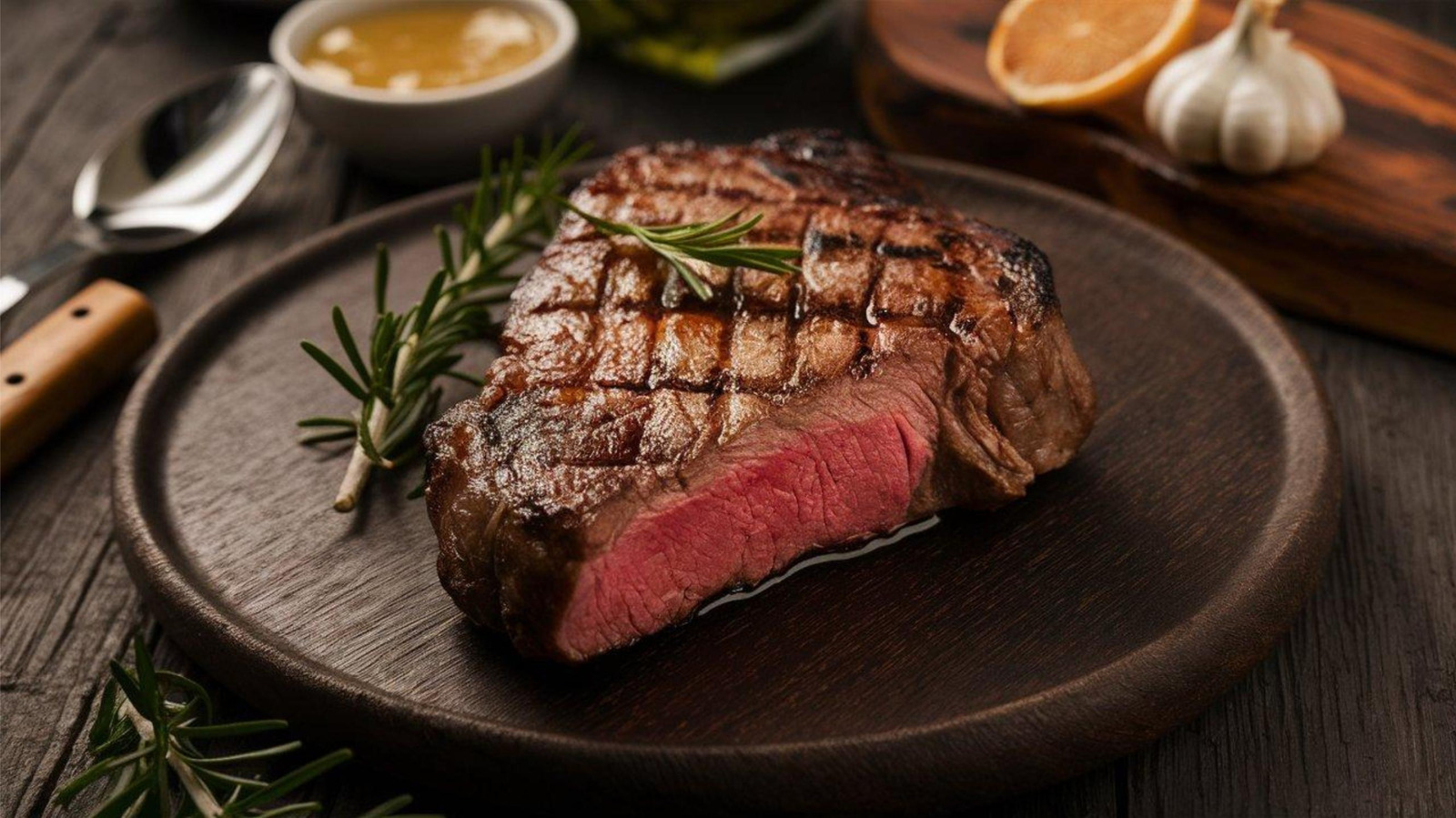
"Drying the steak here simply means removing as much excess moisture as possible from its exterior. It's tempting to believe that the more moisture a steak carries, the juicier it will be; however, that's not the case with the outside of a steak. This has to do with the Maillard reaction, a chemical reaction that happens between amino acids and reducing sugars when prompted by high temperature. It results in the browned crust we adore so much in steak, along with its smoky, sweet flavor"
"When water appears in this process, it will evaporate first as the meat comes into contact with the heat, and consequently, keeping the surface temperature at 212 degrees Fahrenheit - its maximum boiling point. Meanwhile, the Maillard reaction cannot efficiently happen until the heat reaches 280 degrees Fahrenheit. In other words, with a wet surface, you will likely be steaming the meat rather than searing it, or at the very least, significantly slow down the browning process."
Drying a steak removes excess surface moisture to allow effective searing and crust formation. The Maillard reaction occurs between amino acids and reducing sugars at high temperatures and creates browning along with smoky, sweet flavor notes. Surface water evaporates first and holds the meat at 212°F, which prevents the Maillard reaction that requires about 280°F, causing steaming instead of searing and slowing browning. A wet surface can produce gray, stale meat. Simple drying methods include dabbing with paper towels and hanging on a wire rack in the refrigerator. Leaving steak exposed at room temperature is inadvisable due to bacterial risk.
Read at Tasting Table
Unable to calculate read time
Collection
[
|
...
]